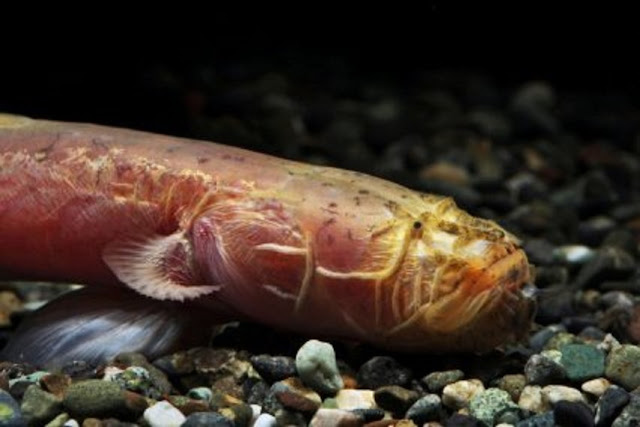Wax Worms for Bearded Dragons: A Comprehensive Guide for Beginners
Wax Worms for Bearded Dragons: A Comprehensive Guide for Beginners

Bearded dragons are popular pets for their docile nature and ease of care. As a beginner, it can be confusing to figure out what to feed your bearded dragon, especially when it comes to live insects. One popular option is wax worms, which are a great addition to your bearded dragon’s diet. In this guide, we’ll cover everything you need to know about wax worms and how to incorporate them into your bearded dragon’s feeding routine.
What Are Wax Worms?

Wax worms are the larvae of the wax moth (Galleria mellonella), a common pest in beehives. They are soft-bodied and creamy white, with black or brown heads. Their high fat content and soft bodies make them an irresistible treat for bearded dragons.
Nutritional Benefits of Wax Worms

Wax worms are a good source of protein and fat, which are essential for your bearded dragon’s growth and health. They also contain calcium in their exoskeletons, which can help prevent metabolic bone disease. However, they are not a complete food and should be fed in moderation.
How to Feed Wax Worms to Your Bearded Dragon
Wax worms are best as an occasional treat, and should not make up a large part of your bearded dragon’s diet. They are not a staple food and should be supplemented with other live insects such as crickets, mealworms, and dubia roaches.
Feeding Frequency
Adult bearded dragons can be fed wax worms once or twice a week, while younger dragons can have them more frequently. It is important to not feed too many wax worms at once, as they are high in fat and can cause obesity and other health problems. A good rule of thumb is to feed no more than one or two wax worms per feeding.
Preparing Wax Worms
Wax worms should be purchased from a reputable supplier and kept in the refrigerator until feeding time. They can also be kept in the freezer for longer storage. Before feeding, take the wax worms out of the refrigerator and let them warm up to room temperature. You can also dust them with calcium powder or a multivitamin supplement for added nutritional value.
Feeding Wax Worms
Always supervise your bearded dragon during feeding to ensure they don’t choke or overeat. Wax worms can be given as a hand-fed treat or put in a dish, but make sure the dish is shallow enough for your bearded dragon to easily access them. Any uneaten wax worms should be removed after a couple of hours to prevent spoilage and bacterial growth.
Conclusion
Wax worms are a great addition to your bearded dragon’s diet, as long as they are fed in moderation. They are a good source of protein and fat, and can provide some calcium to prevent metabolic bone disease. However, they should not make up a large part of your bearded dragon’s diet and should be supplemented with other live insects. Remember to always supervise feeding and remove any uneaten worms to prevent any health concerns in your beloved beardie.
